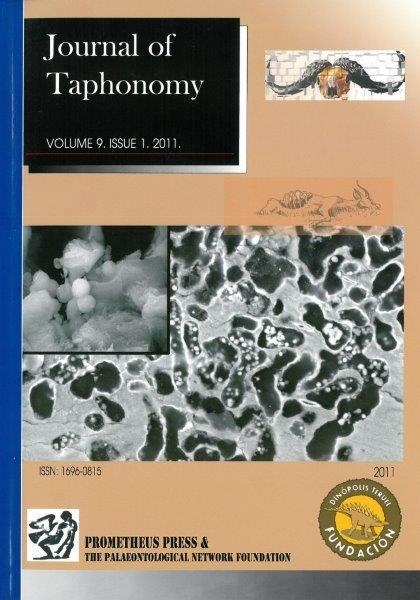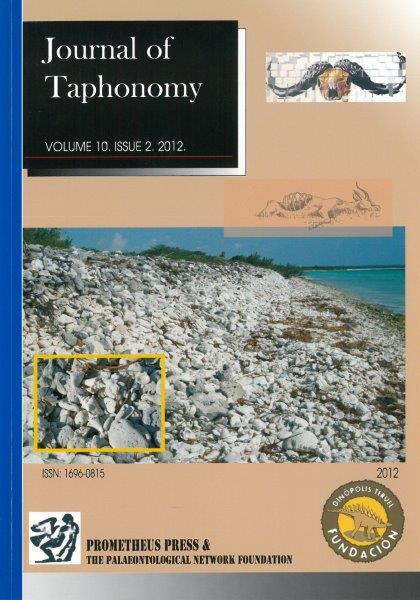It has long been known that porcupines accumulate and modify bones, but few actualistic studies on the contents of porcupine burrows have been undertaken. Here we present the results of an investigation of recent Indian porcupine (Hystrix indica) burrows that riddle the archaeological site of Tel Zahara (Israel). Faunal remains were recovered from the den entrances and inside a burrow system that we excavated. Bones exhibiting typical porcupine gnaw-damage i.e., flat-bottomed parallel grooves, were recovered from all dens, but no clear porcupine damage was evident on human osteological remains that were encountered by the porcupines during excavation of their dens. The surface patina of many of the bones is dark, signifying long-term burial, and is probably indicative of their archaeological origin. Porcupine gnawed areas on these bones are lighter in colour and so post-date the patina. Compared to the Roman period deposits on the tel, the den assemblage contains significantly higher numbers of wild taxa, a lower proportion of large-sized taxa, but a similar proportion of bones of medium-sized taxa, suggesting preferential selection of smaller-sized bones. Both tel and den deposits comprise similar frequencies of burnt bones and body part breakdowns are alike. As expected, higher frequencies of rodent and carnivore gnawed bones were found in the den samples. The results suggest that the porcupine burrow sample is a selected sub-set of the Roman faunal assemblage from the tel. This study has led us to conclude that the Indian porcupine plays a significant role as an agent of bioturbation of archaeological sediments and also as a collector and modifier of bones.



